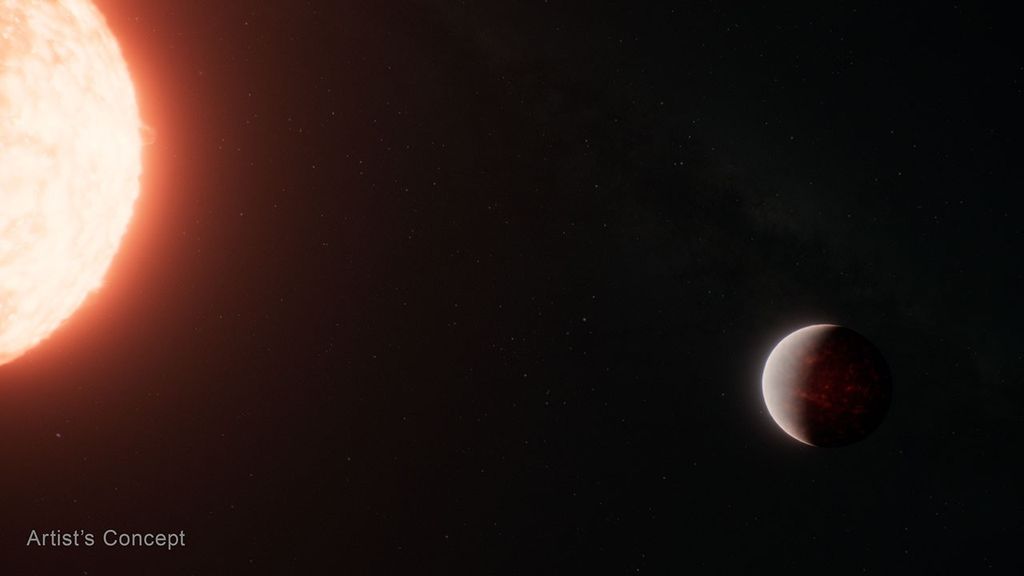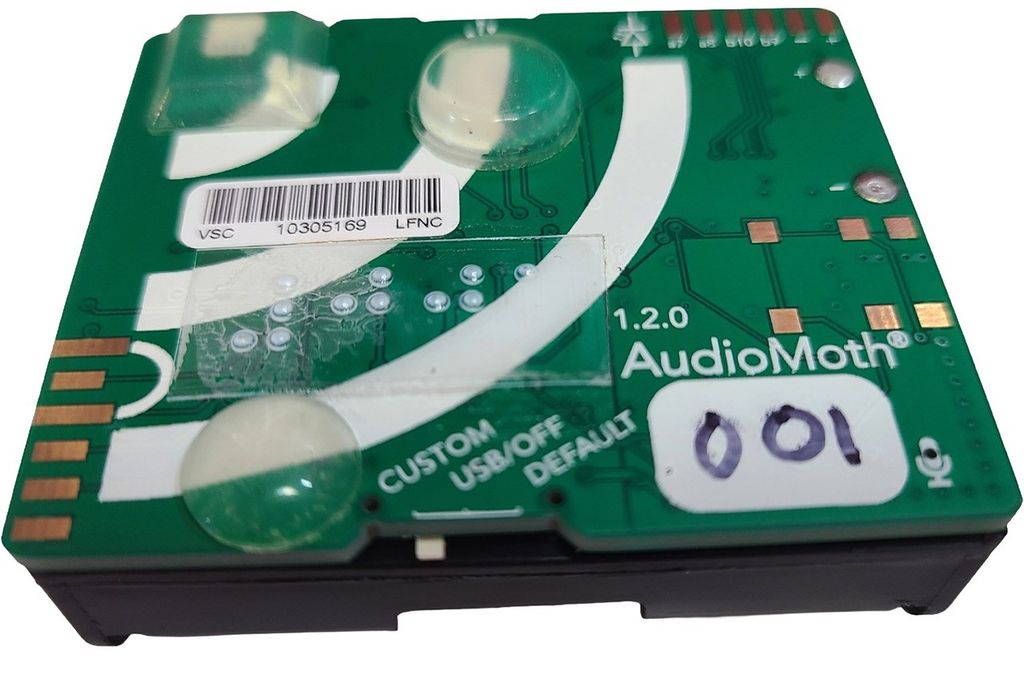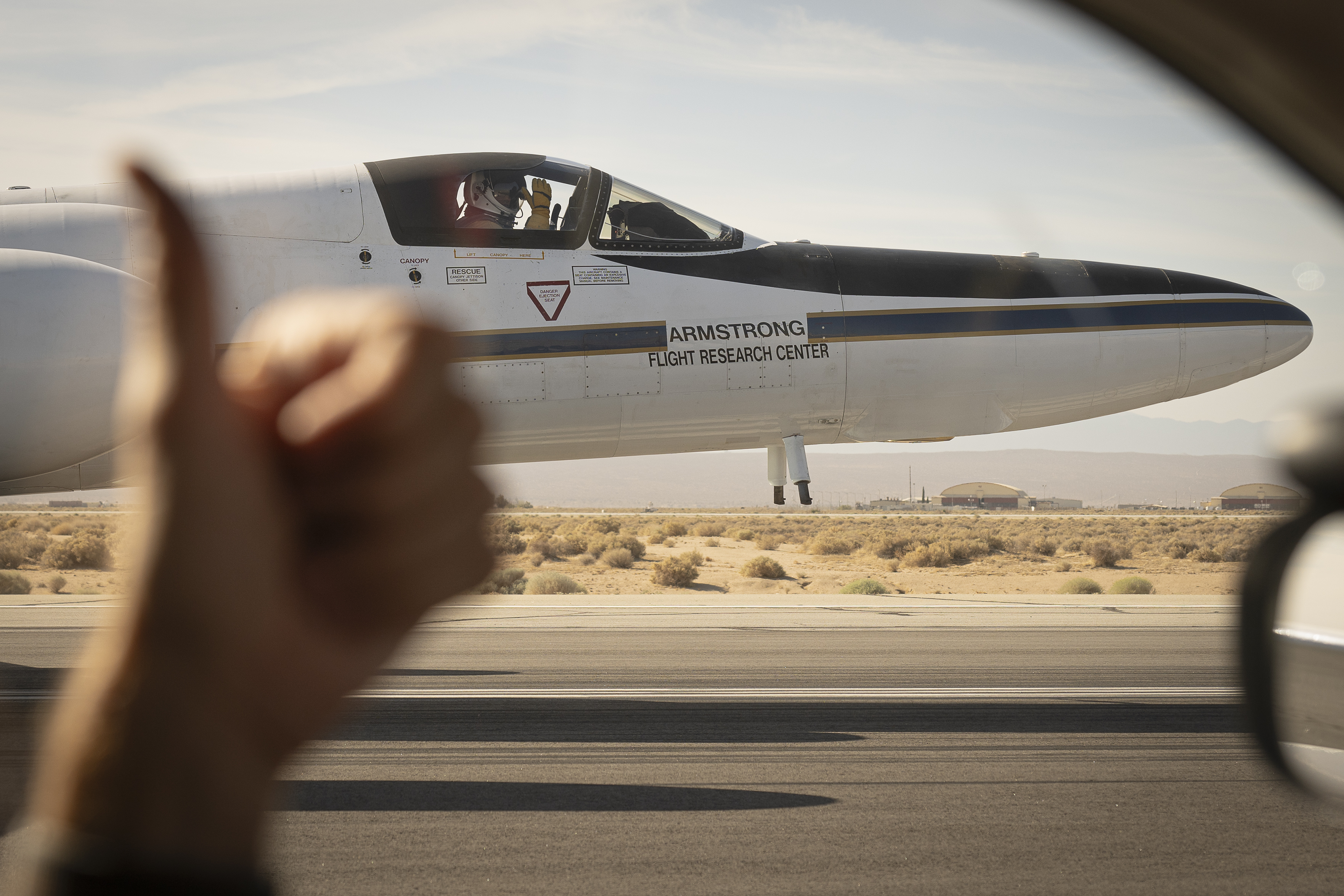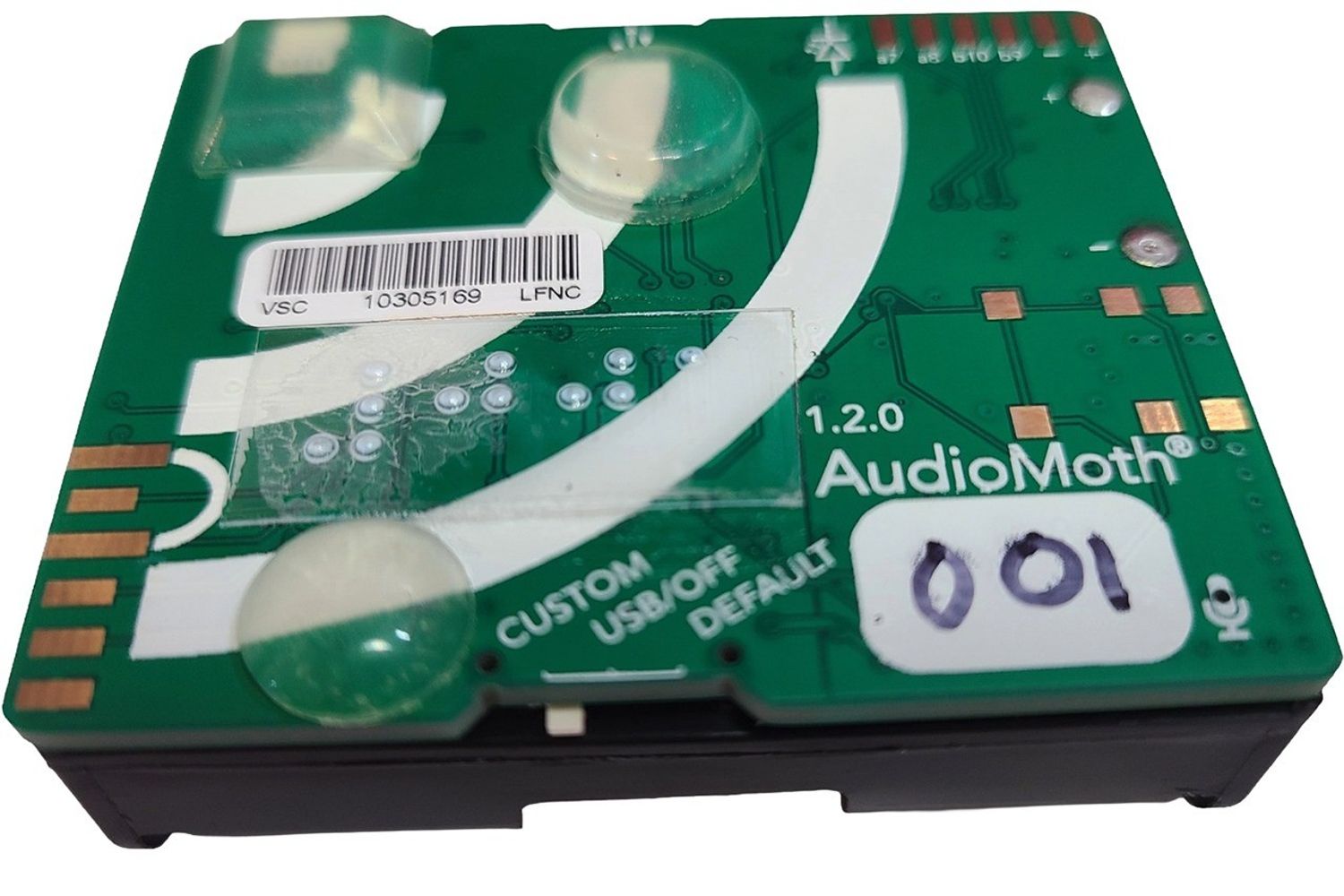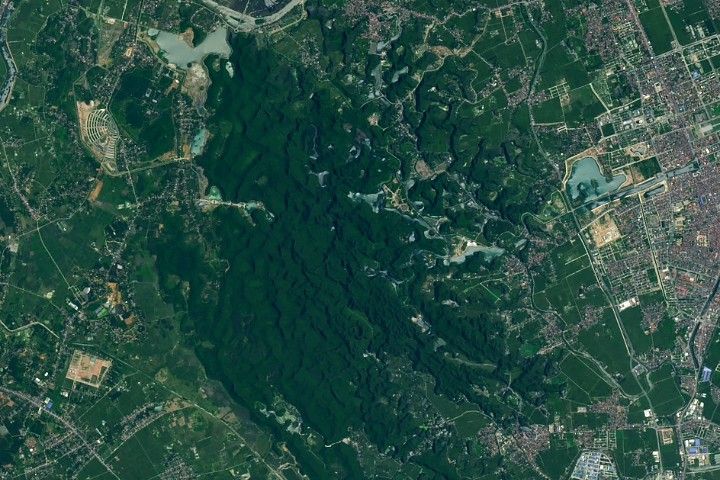PROJECT
Stratospheric Aerosol and Gas Experiment (SAGE) IV Pathfinder
SNAPSHOT
The miniaturized SAGE IV Pathfinder instrument may one day enable a constellation of small satellites to continue and enhance atmospheric ozone monitoring.
The SAGE IV Pathfinder makes measurements of ozone and tiny atmospheric particles called aerosols by looking at the light from the rising or setting Sun as it passes through Earth's atmosphere — a technique called solar occultation. Prior to being brought outside, SAGE IV Pathfinder had undergone months of testing in a lab, but the Sun-look tests are critical to instrument development.
"There's nothing like getting out and taking a look at the Sun, which is extremely bright in comparison to anything we can produce in the laboratory," said Charles Hill, co-principal investigator for SAGE IV Pathfinder.
A full-blown SAGE IV mission would be a significant new chapter in the SAGE story, which began in the late 1970s and continued through the following decades. The data collected on SAGE I and the following instrument SAGE II, were critical to the discovery of Earth's ozone hole and the creation of the 1987 Montreal Protocol, an international treaty that banned the use of chlorofluorocarbons (CFCs). CFCs were used as refrigerants and in aerosol spray cans and are significant contributors to stratospheric ozone depletion.
While ozone in the troposphere—the lowest part of the atmosphere—has negative effects on the air we breathe, ozone in the stratosphere—the layer of the atmosphere that begins around six miles above the surface—is vital for life on Earth. By absorbing most of the Sun's harmful UV rays, stratospheric ozone acts as Earth’s sunscreen and helps protect people from skin cancer, cataracts, and immune system suppression, and prevents crops from being damaged.
SAGE III, which launched to the International Space Station in 2017, is monitoring the recovery of the ozone layer, determining effects on the stratosphere from events such as volcanic eruptions and extreme wildfires, and measuring the levels of stratospheric nitrogen dioxide and water vapor.
SAGE IV is in a prototype state and unlike its washing-machine-sized predecessors would fit neatly within the confines of a CubeSat that is not much bigger than your average shoebox. That reduction in size, which results from using an improved measurement technique that images the entire Sun rather than looking at only a small portion of it, will make SAGE IV more cost effective.
“For this type of measurement, keeping the data record continuous and validating new instruments against what’s already there is critically important,” said Rob Damadeo, the other co-principal investigator. The idea is to ensure overlap of new instruments with existing instruments. “That way when the old one drops off, the new one takes over and you keep stepping along like that,” explained Damadeo.
The team envisions a time when a small constellation of SAGE IV CubeSats would eventually orbit Earth. This scenario would simultaneously expand the measurements to more of the globe and reduce the time between observations of any location from a month down to a week.
That future is still aspirational for now, though. The SAGE IV team is working hard to finalize designs for a spaceflight-qualified instrument, and exploring opportunities to move beyond prototype status to continue these important measurements.
The Sun-look tests took place in early March, just as concerns about COVID-19 began forcing widescale closures around the U.S. Those circumstances required the team to end testing a few weeks before they were finished, but they're looking forward to completing testing, analyzing the data, and moving the project into its next phase.
"We're planning for it," said Mike Obland, SAGE IV project manager. "We're actively planning for a return and how to optimize our time and finish our critical testing safely when we get back."
SAGE IV Pathfinder involves partnerships with the private sector and is funded by the Instrument Incubator Program in the Earth Science Technology Office, which is part of the Earth Science Division in NASA’s Science Mission Directorate. Additional funding comes from Langley's Science Directorate. Funding for some of the instrument's telescope technology is being advanced through NASA's Small Business Innovation Research program.
PROJECT LEADS
Charles Hill and Rob Damadeo, NASA Langley Research Center
SPONSORING ORGANIZATION
Earth Science Division’s Instrument Incubator Program (IIP)














